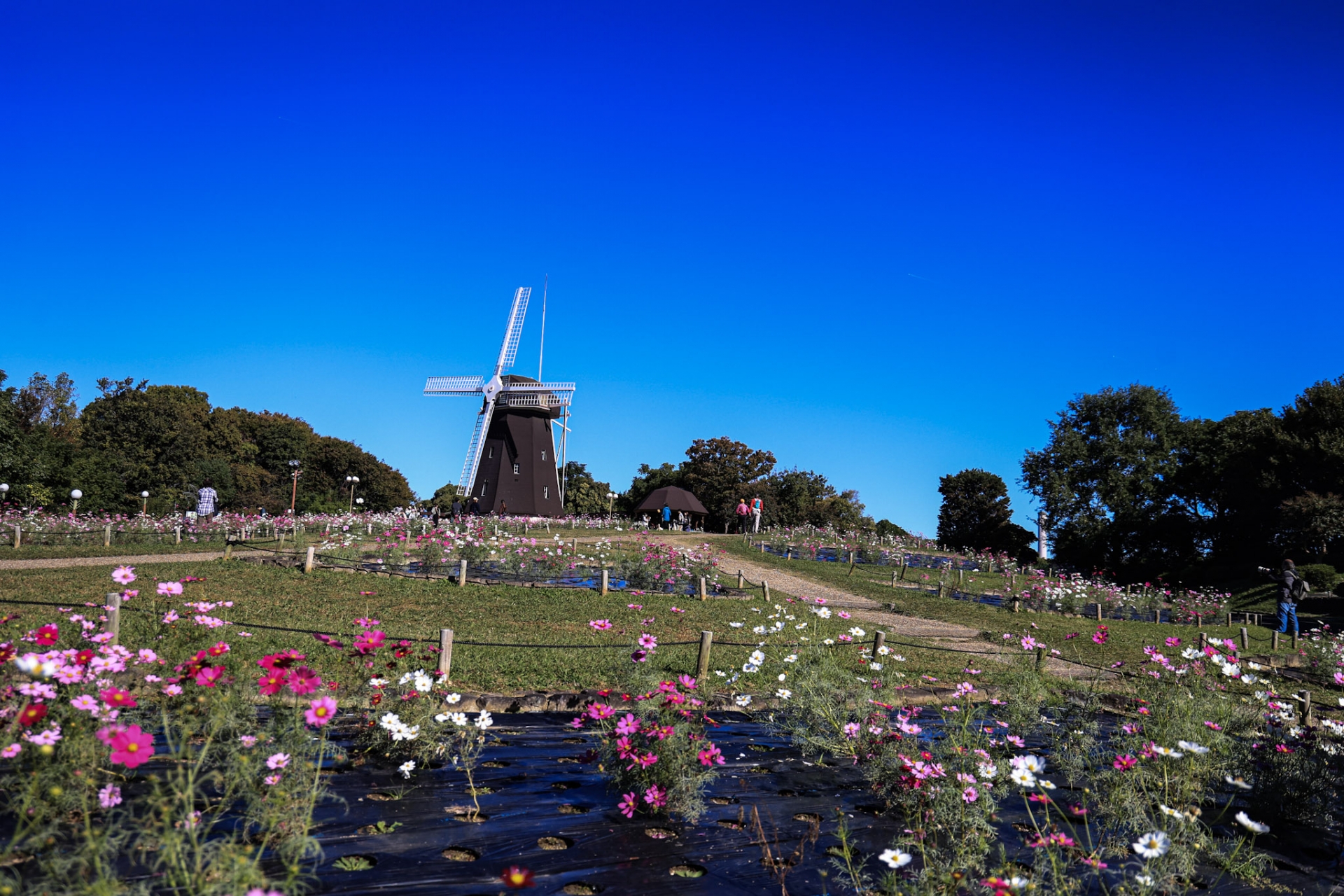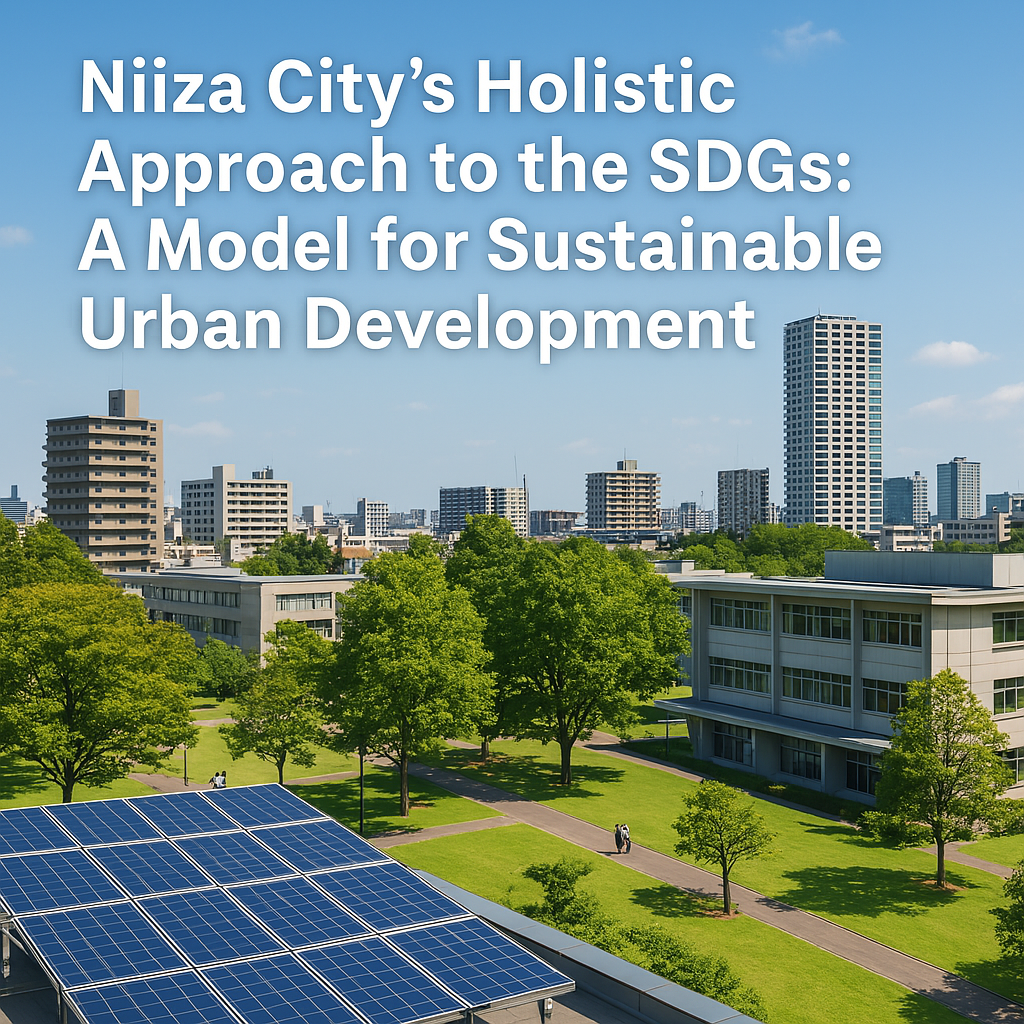Introduction
Okinawa Prefecture, located at the southernmost tip of Japan, is celebrated for its rich natural beauty, unique culture, and complex historical background. These attributes define Okinawa’s distinctive approach to achieving the Sustainable Development Goals (SDGs). Despite facing challenges such as economic disparities and environmental vulnerability due to its island geography, the region is actively pursuing sustainability across social, environmental, and economic domains.
Okinawa’s SDGs Vision: A Sustainable and Peaceful Island
Okinawa has embraced the SDGs as part of its long-term strategy—known as the Okinawa 21st Century Vision—integrating these goals into regional planning. This vision emphasizes:
- Peace, in view of Okinawa’s post-war history
- Environmental protection
- Social equity
- Economic innovation
Environmental Protection and Climate Resilience
Okinawa is committed to environmental sustainability and climate action, driven by its surrounding coral reefs and marine ecosystems.
Coral Reef Conservation
Initiatives: Collaborating with research institutions and local fishermen to safeguard marine biodiversity and combat coral bleaching.
Sustainable Water Use
Focus: Improving water management and infrastructure to ensure safe and equitable access to clean water, especially during droughts.
Climate Change Adaptation
Actions: Developing typhoon-resilient infrastructure and implementing comprehensive disaster preparedness training across communities.
Island Biodiversity Preservation
Efforts: Protecting endemic species and ecosystems by establishing designated conservation zones.
Social Inclusion and Cultural Preservation
Okinawa’s distinct social structure and cultural identity are integral to its SDGs strategy.
Health and Longevity Programs
Strategy: Promoting traditional Okinawan diets and active lifestyles, contributing to one of the highest life expectancy rates worldwide.
Education for Multicultural Coexistence
Implementation: Integrating Okinawan history, language, and culture into school curricula to foster pride and inclusivity.
Gender Equality Initiatives
Support: Encouraging female entrepreneurship and workforce participation through mentorship programs and regional subsidies.
Peace Education
Approach: Leveraging Okinawa’s post-WWII experience to promote peace, tolerance, and conflict resolution in both schools and communities.
Inclusive Urban Planning
Project: Revitalizing older towns and providing accessible housing for elderly and low-income residents.
Sustainable Economic Development
Okinawa’s economic development is powered by tourism, agriculture, and innovation, with a strong focus on balancing growth with sustainability.
Eco-tourism
Initiative: Promoting responsible tourism that respects natural environments and local cultures, notably on outer islands like Ishigaki and Miyako.
Smart Agriculture
Innovation: Utilizing technology-assisted farming and promoting “Okinawan brand” produce through environmentally friendly practices.
Support for Local Industries
Development: Advancing traditional crafts and local food processing as sustainable, community-based industries.
Green Innovation
Focus: Fostering renewable energy startups and promoting research in marine science and biotechnology.
Inter-regional and International Cooperation
Okinawa’s strategic location enhances its role as a hub for regional and international collaboration.
Asia-Pacific Cooperation
Events: Hosting sustainability conferences and workshops with participants from Southeast Asia and Pacific island nations.
Academic Leadership: OIST
Institution: The Okinawa Institute of Science and Technology (OIST) leads SDG-related research, particularly in ocean science, environmental protection, and sustainable technology.
SDGs Promotion on Remote Islands
Collaboration: Sharing best practices and resources across the Okinawa island chain to ensure equal development opportunities.
Community Engagement and SDG Awareness
Grassroots involvement is a cornerstone of Okinawa’s SDG initiatives.
Youth Participation
Opportunities: Local high schools and universities engage in SDG forums, contests, and community projects.
NGO and Citizen Collaboration
Role: Civil society actively supports environmental activism, gender equality campaigns, and volunteerism.
Public Awareness Events
Activities: Hosting festivals and workshops throughout the year to boost understanding and commitment to the SDGs.
Data Monitoring and Transparency
Okinawa Prefecture is bolstering its SDG progress measurement through systematic data collection and public reporting.
Sustainable Development Indicators
Collaboration: Working with national government and academic institutions to monitor key sustainability metrics.
Public Reporting and Accountability
Practice: Publishing accessible progress updates and holding stakeholder meetings to maintain transparency and continuous improvement.
Conclusion
Okinawa’s approach to the SDGs exemplifies how a subtropical island can harmonize historical resilience, cultural richness, and modern sustainability practices. By blending traditional values with innovative strategies, Okinawa offers a balanced model of development that serves as an inspiring blueprint for other island regions around the world.




.png)

Leave a Reply